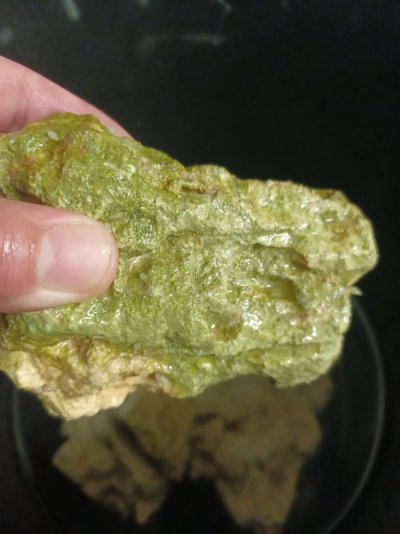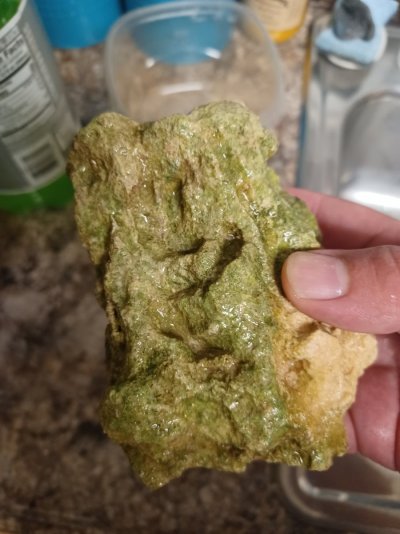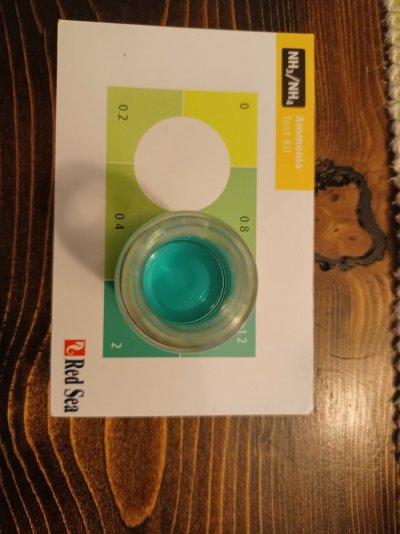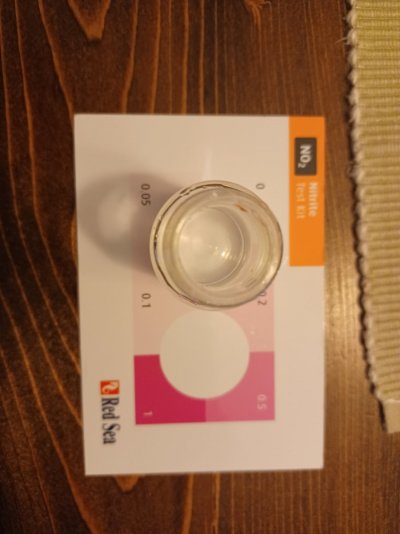- Joined
- Apr 13, 2020
- Messages
- 1,089
- Reaction score
- 1,293
An easy test for you would be to pull one of those beautifully purple covered rocks you have and then dip half the rock in peroxide. See if you can tell the difference between dead and live coraline after a few days.Gotcha I guess that could be it. Was hoping for maybe a paper or article showing something more complex explaining how it could live. I have scrubbed areas of coraline where it looked like color came off a bit but bounced back pretty quickly. And the areas where I've scrubbed and quick rinsed algae away coraline under or around scrubbed areas covered with coraline pretty quickly.























